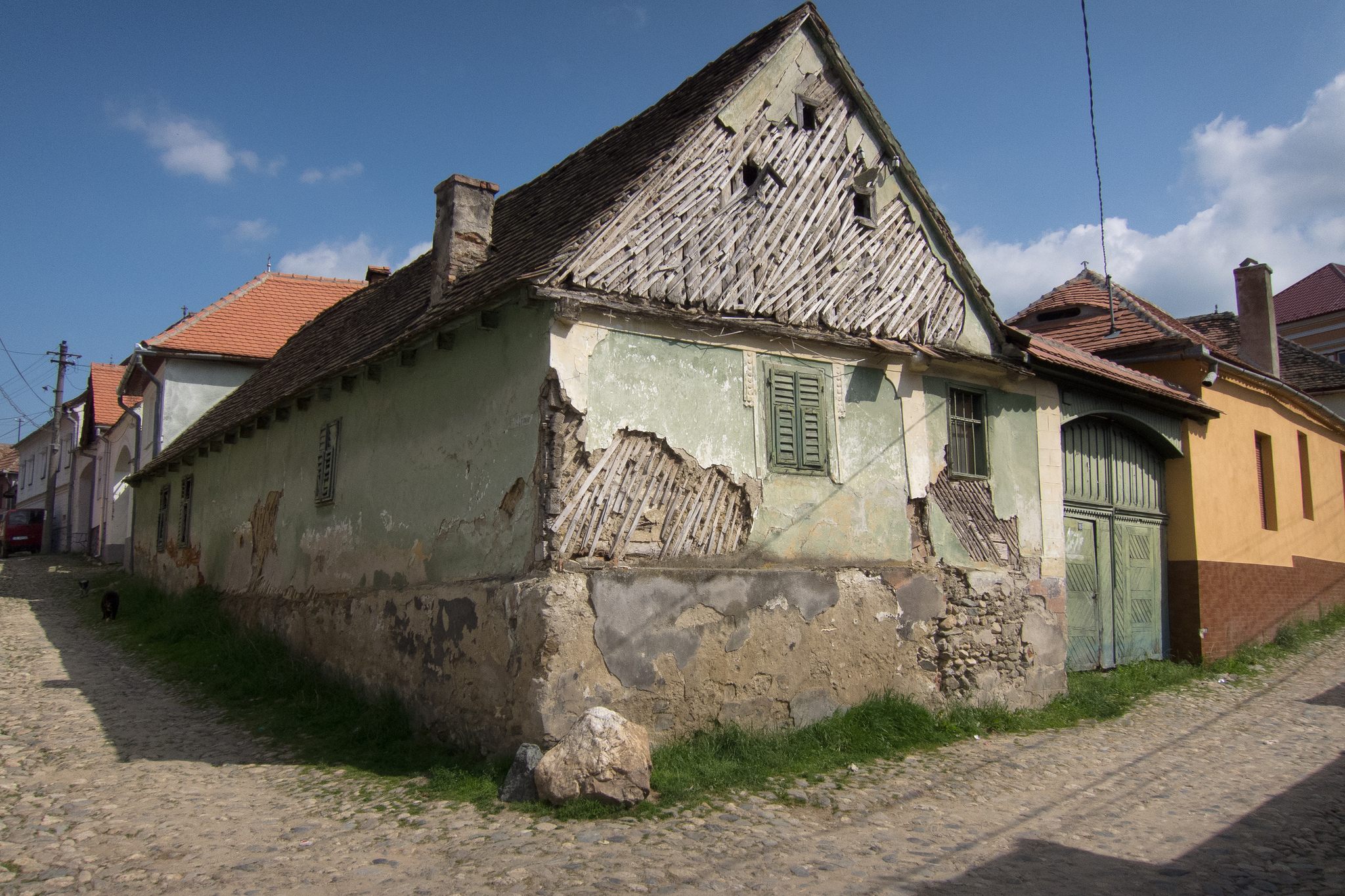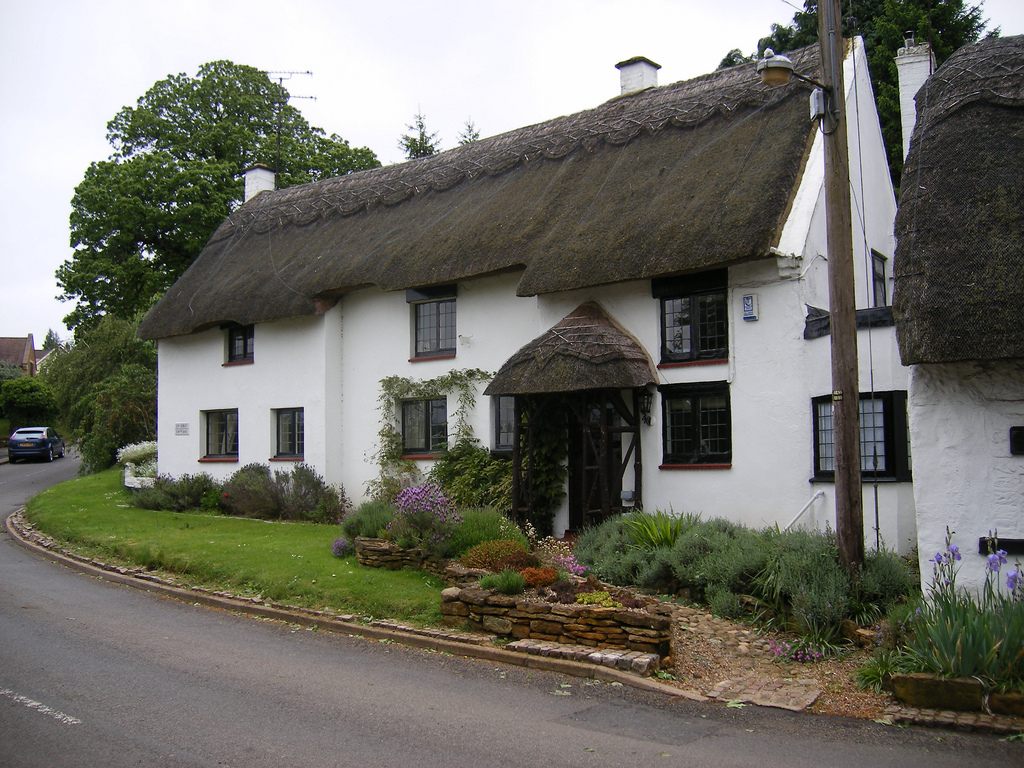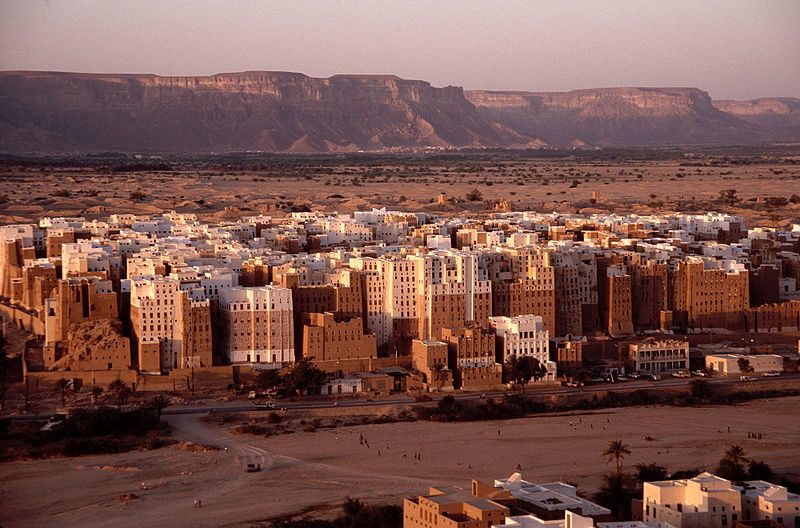How Dirt Houses Became Beloved By The Tiny House Movement
Meet the wondrous cob.

A house made from cob in the Pacific Northwest. (Photo: Gerry Thomasen/CC BY 2.0)
“In many of those countries,” says Conrad Rogue, the founder of the House Alive workshops and author of earthen-construction guidebook House Of Earth, referring to some of the developing nations he’s visited, “building with earth has a stigma of poverty and the olden days.” In the developed world, most notably in the Pacific Northwest region of the United States and in parts of the UK, the opposite reaction is growing. People worldwide are discovering, or rediscovering, a building material that’s cheap, strong, energy-efficient, and capable of producing dramatic, unique structures.
They were standing on it all along.
It’s likely that earthen homes were among the oldest structures ever built by humanity. There are a few different techniques and many names for a building made mostly of, well, dirt, but the one that’s caught on in this recent revival of the material comes from England: Cob.
The etymology of the word “cob” is not really known; it may come from an old word for “strike” or “beat,” which is not dissimilar from the way a cob structure is built, or it’s possible that it may come from a noun that meant something more like “lump.”
Regardless, the ground we stand on, provided it’s a dirt-type ground rather than, say, desert sand or stone, generally includes a topsoil, which is composed of (hopefully) fertile rotted dead things. This is what we think of as dirt. Under that is a layer of what’s called subsoil: denser, darker, older, wetter materials consisting of, usually, sand, silt, and clay. It has the ability to be sculpted when mixed with water and then dries hard, just like cement, but even better—and an estimated third of humanity lives in homes made of subsoil.

Cob being prepared in a bucket. (Photo: Brett and Sue Coulstock/CC BY 2.0)
There are a few different strategies for constructing homes out of subsoil. Rammed earth, for instance, usually requires that a frame is constructed and a subsoil-water mix poured inside before being very tightly compressed, ideally to about half its original volume. When it dries, the frame is removed. But rammed earth is a very labor-intensive process, requiring brute human strength.
Enter cob. It’s constructed of some kind of subsoil, which must include clay—the percentage doesn’t really matter—sand, water, and fiber. Fiber is the big world-shaking addition. “It has the same function as rebar for concrete,” says Rogue (not his given name, but after 30 years in the U.S., he was tired of Americans mispronouncing his Dutch last name), “but instead of using a few strong strands, like in rebar, you use thousands of weaker strands.”
What makes cob amazing is that you can use, says Rogue, basically anything as a fiber. “In the United States that’s often straw,” he says, “In other countries I’ve seen pine needles or shredded coconut husks or corn husks.” These fibers, whatever you choose, are mixed into the slurry of clay, sand, and water, which can be done fairly easily by hand with a tool like a pitchfork.
Cob was used to make many European structures, none the least the hobbit-looking houses especially popular in the Celtic countries—Wales, Cornwall, Brittany. By around 1900, though, cob had gone out of fashion in Great Britain and the other countries where it was once dominant, replaced by more modern materials like drywall, plastic siding, treated wood, concrete. But starting in the 1980s, and rapidly accelerating in the past decade, cob has made a comeback, one tied to the sustainability and tiny house movements. Builder Kevin McCabe ushered in the newest cob craze in 1994 when he built a two-story cob house in England, thought to be the first cob house built in that country in 70 years.

Wattle-and-daub construction in evidence in Romania. (Photo: Thomas Quine/CC BY 2.0)

An 18th century home in Northamptonshire, in the UK, made from cob. (Photo: Elliott Brown/CC BY 2.0)
Cob has a few major advantages that make it hugely appealing to those movements. For one thing, it’s basically free, and can be harvested with minimal impact on the environment. Subsoil is not much use for farming, and fiber can often be snagged as a waste product. But the material itself is also pretty advanced: cob house walls are built generally to around two feet thick, and due to their density, tensile strength (a construction measurement of the force required to pull it apart), and weight are fantastically strong. It’s often said that if you were to drive a truck into a cob house, you’d find yourself with a totaled truck, but an unscathed house. Centuries-old cob houses survive cheerfully; termites find no appeal in it, and it’s even been found to be more earthquake resistant than almost any other material.
Its density also makes it excellent for heat absorption. In very hot weather, cob houses are cool on the inside, but in cold weather, they retain heat, requiring much less energy to heat or cool than houses made of other materials. Cob houses can be made very large—the Yemeni city of Shibam is known for its ancient cob “skyscrapers,” which rise from three-foot-thick floors to walls about 11 stories tall—but as most cob houses are built by the poor, they tend to be no larger than necessary. Many are very small and very cute, which endears them to the tiny house movement.
Architects, artists, and tinkerers also love cob, because cob buildings do not require straight lines, unlike those made of, say, wood or concrete blocks or tin. Cob can be shaped in whatever way the builder wishes, and in fact, rounded cob houses are much more common than right-angled cob houses.
The uniform strength of the material means that the designer is free of many of the restrictions that other buildings have. A door and window can go anywhere and be of any shape. You can carve bookshelves right into the wall. Many modern cob houses have furniture flowing seamlessly out of the walls, from seating to counters to even sinks. Cob houses are not so much built as sculpted. And there’s nothing stopping any modern conveniences; electrical, gas, and water lines can be run just as easily through cob as any other material.

Ancient cob high-rise buildings in Shibam, Yemen. (Photo: Jialiang Gao peace-on-earth.org/CC BY-SA 3.0)
The techniques and materials, amazingly, have hardly changed at all from ancient times. “In terms of the technicality of it, it’s surprisingly similar,” says Rogue. The biggest advancements are not composition meters attached to iPhones or anything like that; Rogue says he sometimes passes the fiber-less cob through a window screen to create a finer texture, but that the best technological advance he’s found has been the lowly, simple tarp. “I always tell people to bring one to the workshop with them,” he says. “And that adds triple the speed, basically,” over simply mixing on the ground.
But cob, it seems, doesn’t need much improvement. It’s already beautiful, efficient, cheap, and fantastically strong. What more could a house need?

















Follow us on Twitter to get the latest on the world's hidden wonders.
Like us on Facebook to get the latest on the world's hidden wonders.
Follow us on Twitter Like us on Facebook